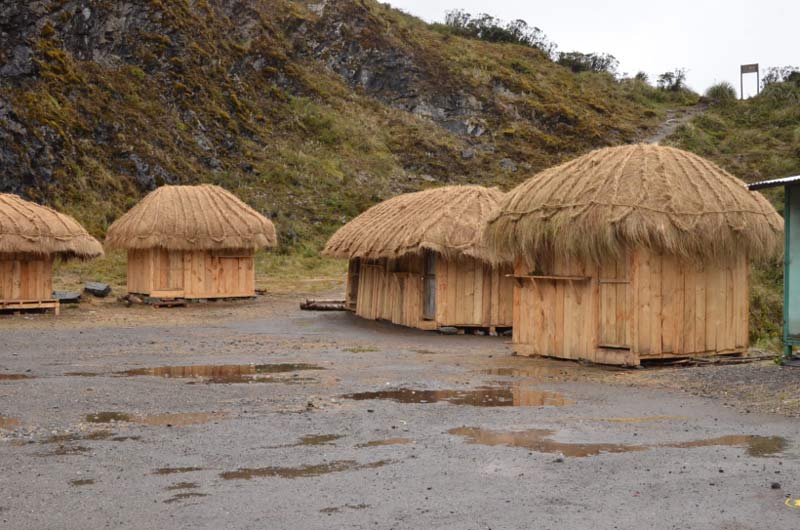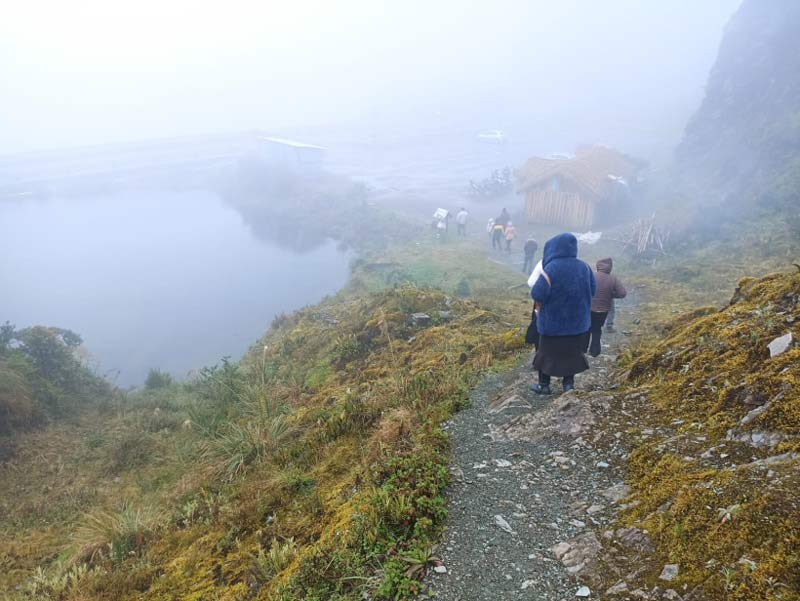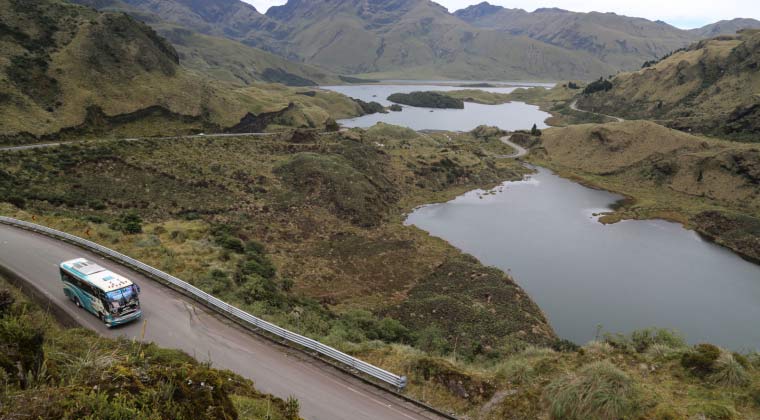The Atillo lake complex is a treasure trove of history, nature, and energy sustainability. Located in the Guamote canton of Chimborazo, this community contributes 20% of the national energy demand through its tributaries.
Atillo is one of the 32 communities in the Cebadas parish, situated on the road to Macas. This small town is a burgeoning tourist destination with immense potential. The community promotes tourism centered around its ancient and impressive lagoons, which originate in the Sangay National Park.
The lake complex comprises 14 lagoons, the most significant of the 337 within the Sangay Park. Four of them are visible from kilometer 78 of the Riobamba-Macas highway.
Millennia-old Stories
These lagoons, enveloped by grasslands, mountains, and rocks, are steeped in history. Located at an altitude of approximately 3,800 meters, they are surrounded by an Andean landscape that includes moors, mountains, and abundant biodiversity.
Each of the 14 lagoons has unique shapes and functions. The Atillo Grande Lagoon is the largest, known for its crystal-clear waters and tranquility. Laguna Atillo Chico is ideal for bird watching and fishing. At Laguna Magdalena, lush vegetation offers perfect settings for walks and excursions. The Cuyuc feeds the Chambo River, the main tributary of Chimborazo.
Laguna Negra, one of the most visited lakes, originates in the Sangay and feeds the Upano River in Morona Santiago. According to legend, the Puruhá community used this region as a natural prison in pre-Columbian times. The isolated geography and harsh climatic conditions made it ideal for this purpose. Prisoners were left on islands in the lagoons and feared fleeing due to the cold waters. Villagers also claim the place is haunted, believing that anyone who fell into the waters would disappear forever. These legends and tales are passed down through generations, adding to the tourist appeal of the natural complex.

Natural Life
The Atillo complex is home to thousands of species, including birds, over 100 mammals, and at least 3,000 species of trees and plants. Twenty percent of the water for Ecuador’s electricity comes from here, distributed among the Paute, Agoyán, and San Francisco dams, according to park ranger Luis Cujilema.

José Caín, president of the Parochial Government of Cebadas, mentioned that Atillo promotes conservation projects. He highlighted that the natural complex offers a refuge of tranquility and natural beauty. The region is home to an impressive variety of flora and fauna. The moors surrounding the lagoons house species like the Andean condor, the spectacled bear, and various aquatic birds. The flora includes endemic plants adapted to the harsh conditions of the moor, such as chuquiragua and grasslands.
Variable Climate
The temperature in this community is variable, generally cold from August to September. It ranges between five and ten degrees Celsius, so visitors are advised to bring warm clothing and waterproof garments in case of unexpected rain.
In front of the Laguna Negra, the Millicocha Association, comprised of local families, offers hot drinks like morocho, coffee, aromatic beverages, and chocolates, as well as foods such as empanadas, corn, or trout. Despite signs advising against it, some tourists bathe in the lagoon, although the water is very cold.
Local entrepreneurs aim to enhance services for tourists and are planning to create lodging cabins near the entrance to Sangay National Park, opposite the lagoons. Currently, visitors can enjoy sport fishing and horseback riding. Along the route from Cebadas to Atillo, several restaurants and lodgings offer varied prices.
Access from Riobamba is easier, especially during the rainy season when the road from Macas to Atillo becomes risky due to landslides. Sangay National Park attracts around 30 visitors daily, who relish long walks while enjoying the scenic landscape.


0 Comments